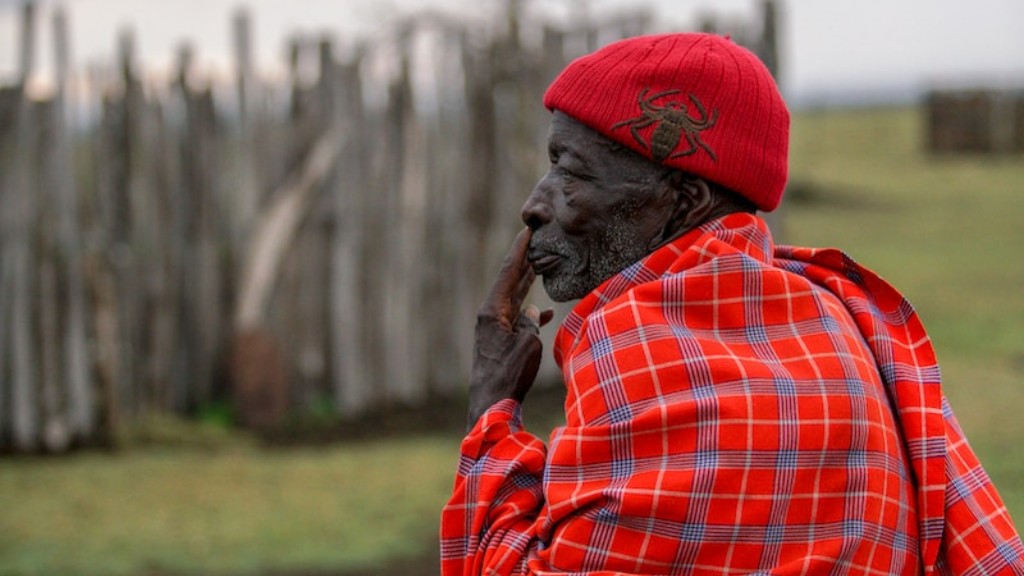African Tribes: Maasai
The Maasai are one of the most well-known and distinctive ethnic groups in Africa. They are primarily found in Kenya and Tanzania, living a semi-nomadic lifestyle in the East African Great Lakes region. Their rich cultural heritage, unique traditions, and close connection to the natural world make them a fascinating subject to explore.
Believed to have migrated to the East African region from the Nile Valley around 400 years ago, the Maasai have managed to maintain their traditional way of life despite modern influences. They are a proud and independent tribe, known for their warrior societies, ornate beadwork, and vibrant red attire.
The Maasai are famous for their distinctive appearance, especially their height and slender builds. They are known to be exceptionally tall, with men often reaching heights of over six feet. This physical stature is attributed to their diet, primarily consisting of milk, meat, and blood from their livestock, which includes cattle, goats, and sheep.
However, the Maasai’s traditional lifestyle and cultural practices are facing numerous challenges in the modern world. Encroachment on their lands for agricultural purposes, the impact of climate change, and increasing tourism have all put pressure on their way of life. Additionally, the younger generation’s exposure to Western education and urbanization has led to a gradual erosion of traditional customs and values.
Efforts are being made by both the Maasai people and external organizations to preserve their cultural heritage. Many Maasai villages have embraced tourism as a means of generating income while showcasing their way of life to outsiders. This has created a delicate balance between economic development and the preservation of their traditions.
One organization working closely with the Maasai is the Maasai Wilderness Conservation Trust (MWCT), which focuses on environmental conservation and community development. The MWCT works collaboratively with the Maasai to protect and restore critical wildlife habitats, support education and healthcare initiatives, and promote sustainable development opportunities.
Maasai Traditions
One of the key aspects of Maasai culture is their initiation ceremonies. These serve as significant rites of passage, marking the transition from adolescence to adulthood. The most well-known ceremony is the Eunoto, which takes place every seven years and involves the transition of young warriors into the elder class.
During these ceremonies, the Maasai showcase traditional dances, songs, and storytelling. The elaborate beadwork, worn by both men and women, holds immense cultural significance, representing beauty, spirituality, and social status. Each color and pattern has its meaning, adding depth and symbolism to their adornments.
Another fascinating aspect of Maasai culture is their close relationship with cattle. Cattle are considered sacred and play a central role in their daily lives. They provide food, milk, and materials for clothing and shelter. The Maasai’s entire social fabric is built around cattle ownership, with livestock being a source of wealth, status, and even a means of diplomacy.
Challenges and Adaptation
As the Maasai navigate the complexities of the 21st century, they face a range of challenges that threaten their way of life. Climate change and changes in weather patterns have led to scarcity of resources, such as water and grazing land, which are essential for their livestock. This has forced some Maasai to seek alternative livelihoods, including engaging in wage labor and embracing modern agricultural practices.
Additionally, conservation efforts have restricted the Maasai’s movement within their ancestral lands, limiting their access to traditional grazing areas. This has resulted in conflicts with wildlife conservation organizations and other ethnic groups who have settled in the region.
Despite these challenges, the Maasai people have shown remarkable adaptability and resilience. They have successfully integrated certain aspects of modern life while still preserving their core cultural values. Education, for instance, is highly valued, and many Maasai children now attend schools both within their communities and in urban areas.
Future Prospects
The future of the Maasai people lies in finding a delicate balance between preserving their rich cultural heritage and adapting to the modern world. The preservation of their traditional knowledge, language, and ceremonies is crucial for future generations to develop a sense of identity and pride in their ancestry.
There is hope that sustainable tourism will continue to provide economic opportunities for the Maasai while promoting cultural exchange and understanding. By sharing their customs and stories, the Maasai can contribute to raising awareness about the importance of preserving indigenous cultures and protecting the environment.
The Maasai are not only a symbol of Africa’s cultural diversity, but also a testament to the resilience of indigenous communities worldwide. Their struggle to maintain their way of life serves as a reminder of the challenges faced by many ethnic groups in an ever-changing world. The Maasai, with their rich heritage and unique traditions, continue to inspire and captivate the world with their vibrant culture.




